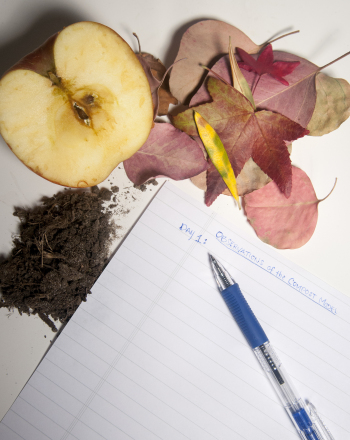Descripción

Although we cannot help but create some trash living in modern society, we do have some choice in what we purchase and how we dispose of this trash. In most areas, at least some sort of recycling is available. Biodegradeable waste such as vegetable and fruit skins, peels, and some food scraps can be composted.There are many benefits to composting: it's a great way to keep excess waste from heading to the landfill and perpetuating nutrient cycling. Once organic waste has decomposed, the compost can be used to add nutrients to gardens, flower beds and house plants.When we can’t recycle or reuse items, they ultimately end up in a landfill. One of the main concerns of landfill use is keeping groundwater supplies clean. When it rains, water leaches through the layers of garbage, picking up toxins. These toxins include heavy metals and harmful chemicals that, unless collected or blocked from reaching the groundwater, can have negative effects on the drinking water supply. This runoff from the landfill is called leachate. Another cause for concern in landfill use is the build up of methane gas. Methane gas can be explosive when it accumulates. In order to limit what goes into our landfills it is important for students to learn how a composting system works and how a landfill works.
It is an educational content by education.com.
By clicking on the title of this resource, you will be redirected to the content. If you want to download the project, you just have to join the website, which now is for FREE.
Auteurs
Auteur Sarah Benton
Catégories Ficha para imprimir, 8-10 años, Experimento/Práctica, Science Fair - Education, Ciencias de la Tierra y Medioambiente, Inglés add
Mots clés add
Date de publication 27 / 08 / 2020
Licence La licence originale de la ressource est respectée.
Que se passe t’il ? lancer session





Commentaires
mode_comment0